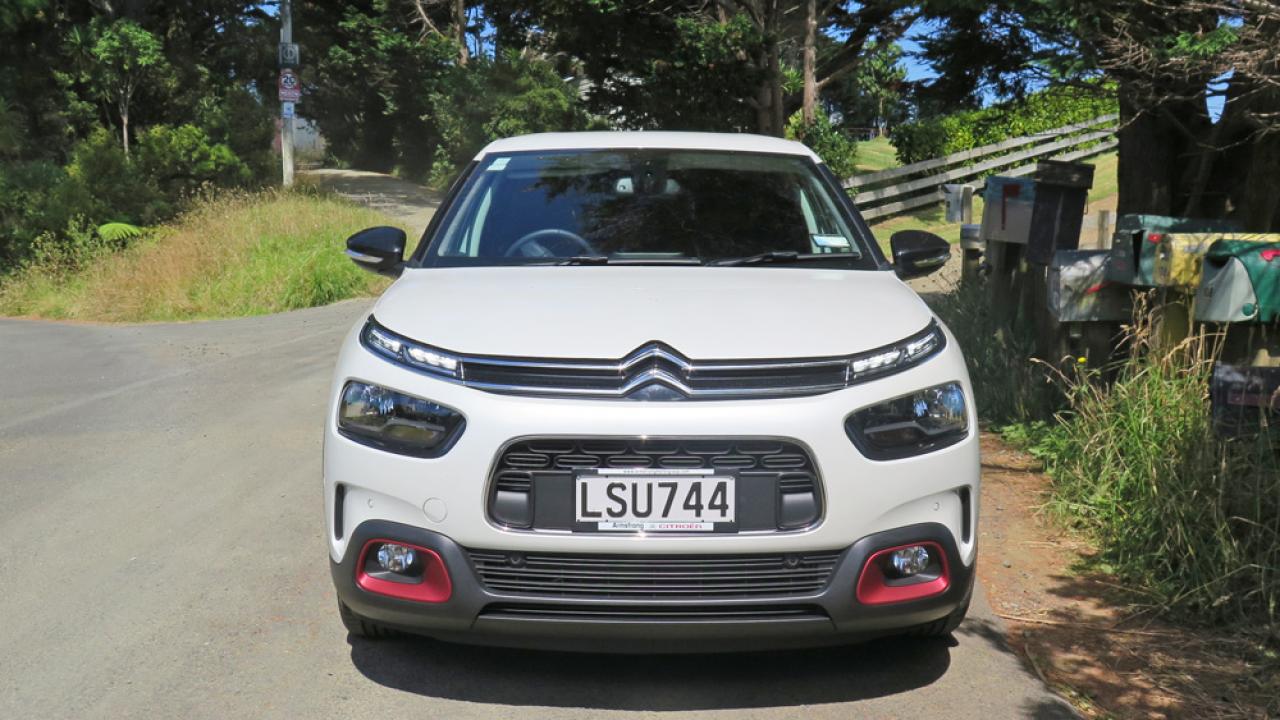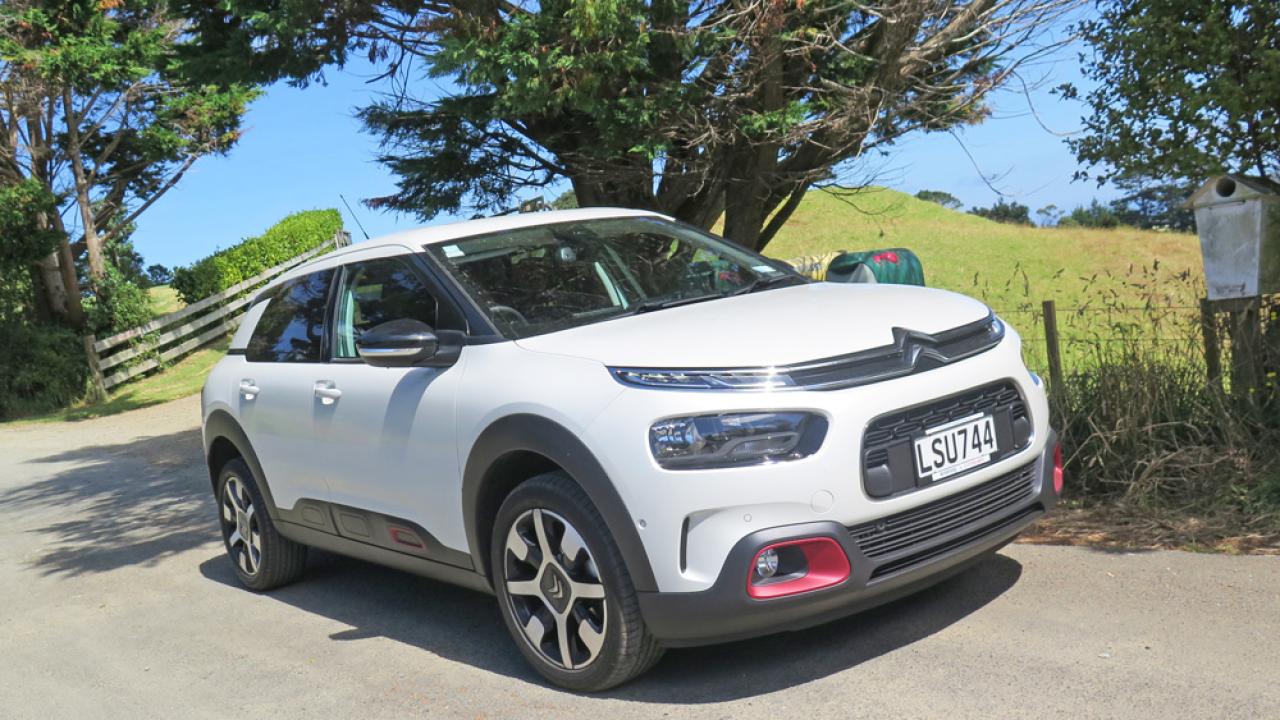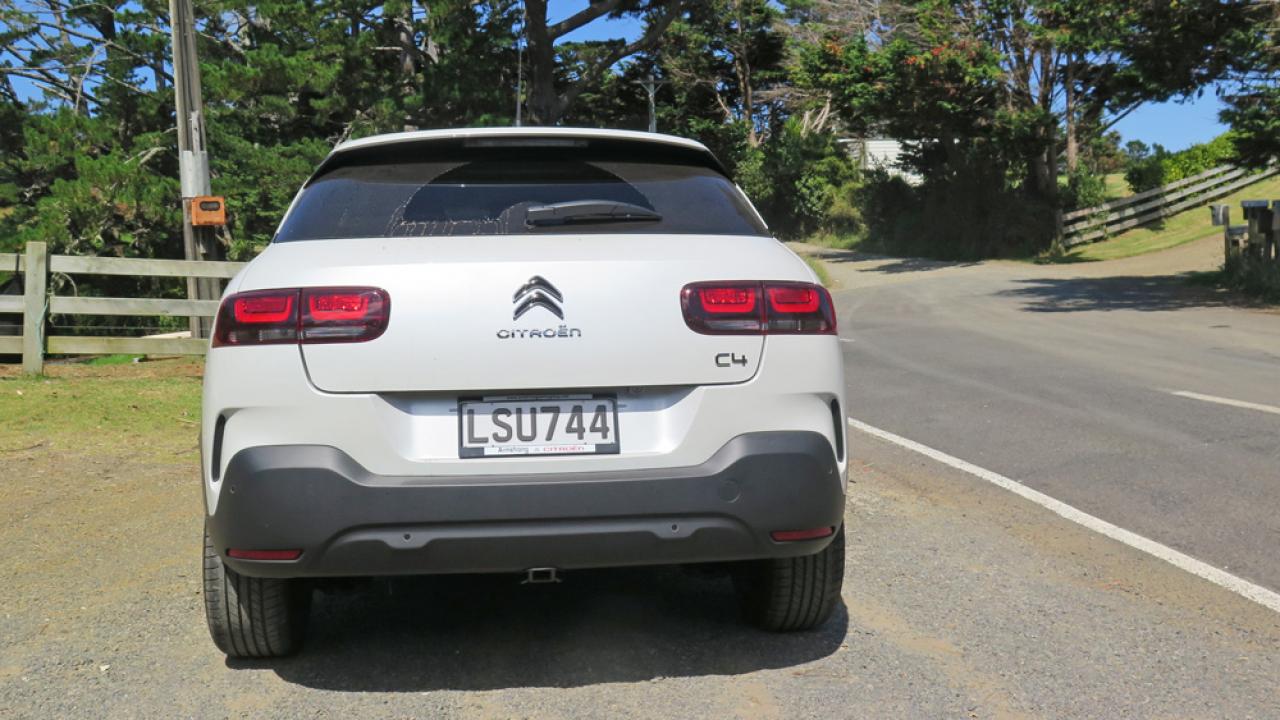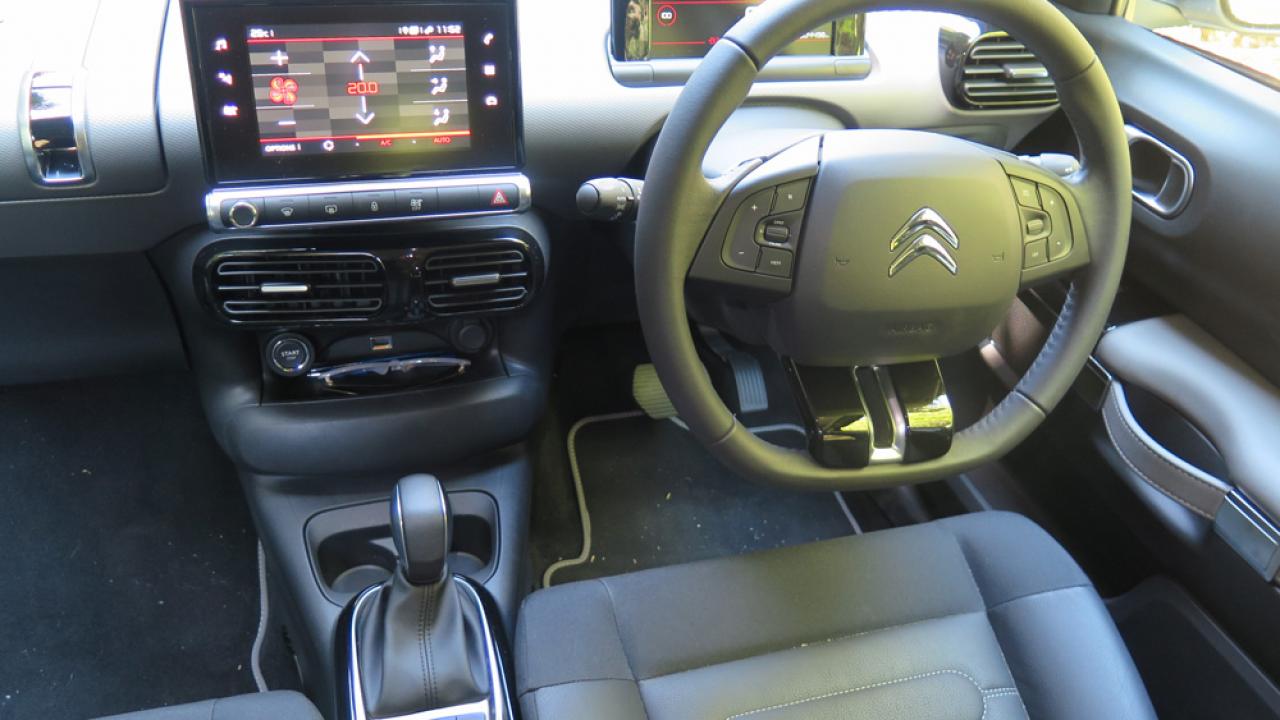The new model is a fraction more ‘normal’ in outlook, a hatchback that replaces both the C4 hatch and the Cactus on showroom floors. A new and separate C4 is likely by 2020, meanwhile this car will sell against both conventional hatches and soft roaders – the ride height is very slightly higher than a conventional C4’s.
Cactus brings to mind deserts, and presumably four-paw going. Forget that, this is a front-drive platform, one it shares with the smaller C3. This car may be pitched against the likes of VW’s Golf and Ford’s Focus, but it’s a whisker smaller.
Not that many folk will notice. For a start, they’ll be too comfortable to complain. These are fabulous seats, as wide and accommodating as a good armchair, and now fitted with an extra layer of foam. Then throw in what Citroën calls Progressive Hydraulic Cushions for the suspension – to slow reaction to big bumps and create what it suggests is a magic carpet effect – and ride is reasonably comfy too, certainly over the urban and Waitakere hills loops of our test drive.
This 1.2-litre three-cylinder turbo is a winner of several World Engine of the Year awards, and it’s a peppy unit nicely matched to this six-speed auto, and more than capable of propelling such a light car – kerb weight is 1090kg. The transmission is now a conventional unit – it replaces push-button gear selection – and the handbrake that replaces the quirky aircraft-style one also caused the bench seat to hit the bin in favour of conventional pews.
The driver environment is where this Citroën still looks to the future. Conventional instruments are replaced by a digital screen, with another mounted centrally, as is becoming familiar these days, albeit without the usual supplementary buttons for frequently used controls.
That means scrolling through a menu just to change the air con, which can get annoying – this car’s predecessor was more completely quirky, whereas our test model sometimes feels different for the sake of it, without the benefit of much extra in the way of advantages.
We loved the exterior’s looks. A little less OTT than its predecessor, as the Airbumps panel designed to beat car-park scratches has moved to a lower position, it’s still almost ‘concept car’ in places, with just enough sculpting to offset the curves. It certainlyt looks great in this pearly white. But the interior seemed a little less successful. The boot carpet stops short of the painted metal at the rear, which looks cheap, and the loading lip is a tad too deep. Some cabin areas are a little over plasticky, and what are those dots across the passenger dash? Why have the start button a full stretch from the driver – on the passenger side – when it’s clearly not just a hangover of the conversion from left- to right-hand drive (other dash-mounted items have swapped successfully)? And why a reach forward for the mirror adjust, when you are thus not exactly placed to see the mirrors as you would when driving?
And, most annoying, the rear window, which doesn’t wind up and down, but has a latch and a hinge to crack it open. Great for aerodynamics, perhaps, and neither your kids nor your dog will fall out, but otherwise that’s still a bit of a headscratcher. Lucky that rear glass is tinted though, it’ll keep the interior cooler.
We did like the move to a 60/40 split rear seat, which makes the boot more versatile, and we did like the huge front door bins. We do like that a buyer in this bracket can opt for a few different interior trim choices, for example via maroon seat accents.
And as we’ve said, we like the ride, we like the peppy engine, and the exterior looks. But though the car is a little less quirky than before, and many will approve the more conventional transmission, some of those steps toward the mainstream come with a downside – the remaining quirks will be annoying to some, without making a convincing argument that there’s a plus side.
Given there’s plenty of competition in this bracket Cactus may have a hard road to success here, unless you’re someone who likes to have a car that turns heads for the right reasons.
|
At a glance |
|
|
Models |
Citroen C4 Cactus Shine |
|
Engine |
1199cc turbo petrol three-cylinder |
|
Price |
$35,990 |
|
ANCAP safety rating |
Not yet tested |
|
Power and Torque |
81kW at 5500rpm, 205Nm at 1500rpm |
|
Transmission |
Six-speed auto |
|
Fuel economy |
5.3l/100km |
|
Towing capacity |
920kg |
|
2WD/4WD/AWD |
2WD front |
|
Seating capacity |
5 |
|
Luggage capacity/payload |
385 litres all seats in use |
Safety systems
- Auto Emergency Braking
- Lane Departure Warning
- Auto headlights
- Reversing camera
- Front collision warning
- Blind Spot Monitoring
- Front and rear parking sensors
- Tyre pressure monitor






